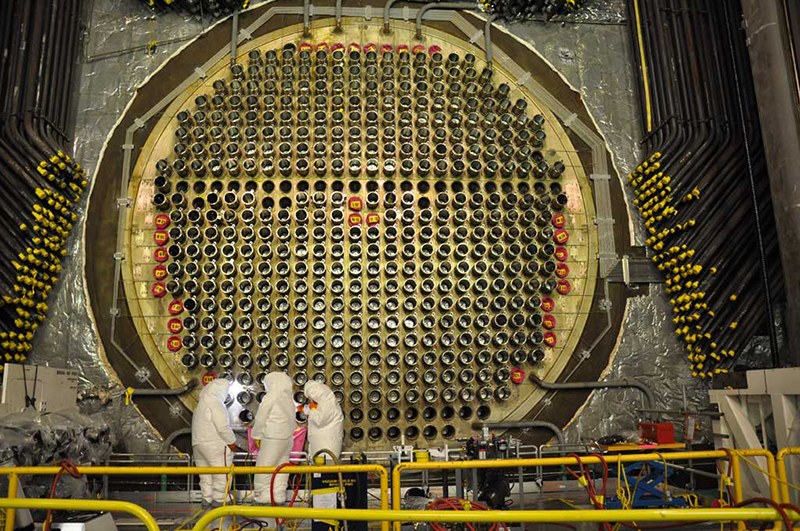Why we might be getting some of our communications wrong

In a previous blog, I wrote about some communications issues that the industry might be getting wrong, pointing out how groupthink could cause us to believe we are soothing concerns, when actually we are stoking them.
This raised the obvious question, “well if you think we are doing things wrong, why don’t you tell us what we should be doing instead”?
The purpose of my original blog was to try and get people to realise that there may be an issue. I hope I did that. No one questioned what I said or tried to defend the status quo.
But you don’t jump from recognizing you have a problem to implementing a solution. First, you need to understand what the problem actually is. We need to understand the problem before any solution can be put in place.
I write about nuclear on social media almost every day. It’s soul-destroying but very enlightening as it breaks me away from the industry groupthink and connects me to the reality of what people think. Every nuclear communicator should do it.
And what people actually think is probably not what you think they think and it may not even appear rational to someone that knows the facts.
Presently much of the social media attention is on NWMO and the repository. It’s possible there is also a lot regarding the Darlington project and possibly even Bruce C, but it’s not coming to my feeds. Confirmation bias is a big problem with social media, and I am always cognizant of its power to deceive.
The primary concerns people express about the repository are that it will “leak” and that people “downstream” will be affected. Where transport is concerned, they also worry about “spills”.
While we think we know what a leak or spill might look like when dealing with a solid held in a canister, social media reveals that many people envisage that leak as tons of green goo pouring into a river. Simultaneously, while we know you can live comfortably with low levels of radiation, they think any radiation will kill you and that in effect anything radioactive is exponentially more dangerous than anything else they know about. Combine the two and its easy to see why they are so fearful. There are other issues. Some clearly believe that because Fukushima had a meltdown then there could be a meltdown at the repository. I wouldn’t be surprised if some are thinking there could be a nuclear explosion down there some even on the road as it is driven there.
The industry response is typically to try and allay these fears by explaining why a leak or a spill will be prevented by barriers. This is the engineering solution I advised against in the previous blog and it won’t work because people won’t believe it no matter how much evidence is provided. There was a lot of evidence to prove the Titanic could not sink.
And while this approach cannot do anything positive it may cause harm because it suggests that the industry believes that leaking and spilling could be a problem and that by implication, people downstream should be concerned.
The problem the industry has is that the concerns are not fully formed. They are wraiths with the form of an idea but with no actual substance. You cannot engineer a wraith out of existence. It’s hard to wrangle a wraith in any way at all. These wraith concerns are like a bar of soap, you may think you have got a grip on the problem but all it does is slip out of that grip and appear somewhere else. People are not certain there will be tons of green goo they just have a sort of feeling about it. They kinda know that every bit of radiation does not kill because they know they are exposed to it all the time. Point out that it is not green goo and they will say they never thought it was. Demonstrate that it makes no sense to believe every bit of radiation can kill and they will say they never thought that it would, even though they clearly did.
Ask them what they are thinking, something I do regularly nowadays, and they will stop answering because they realize they do not know what they were thinking.
And that is our real communications challenge. How do you hit a target when that target is not just moving but it does not actually exist.

Leave a Reply
You must be logged in to post a comment.